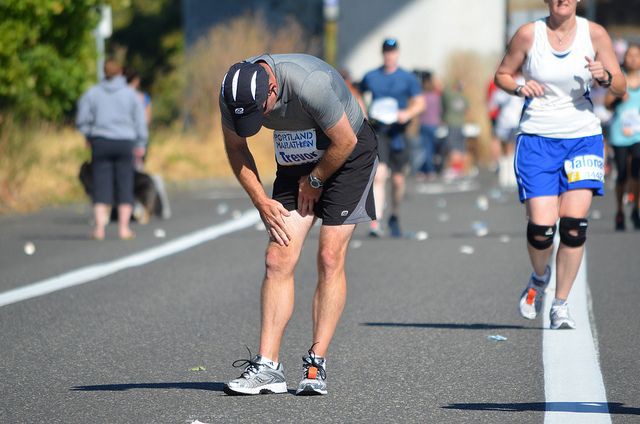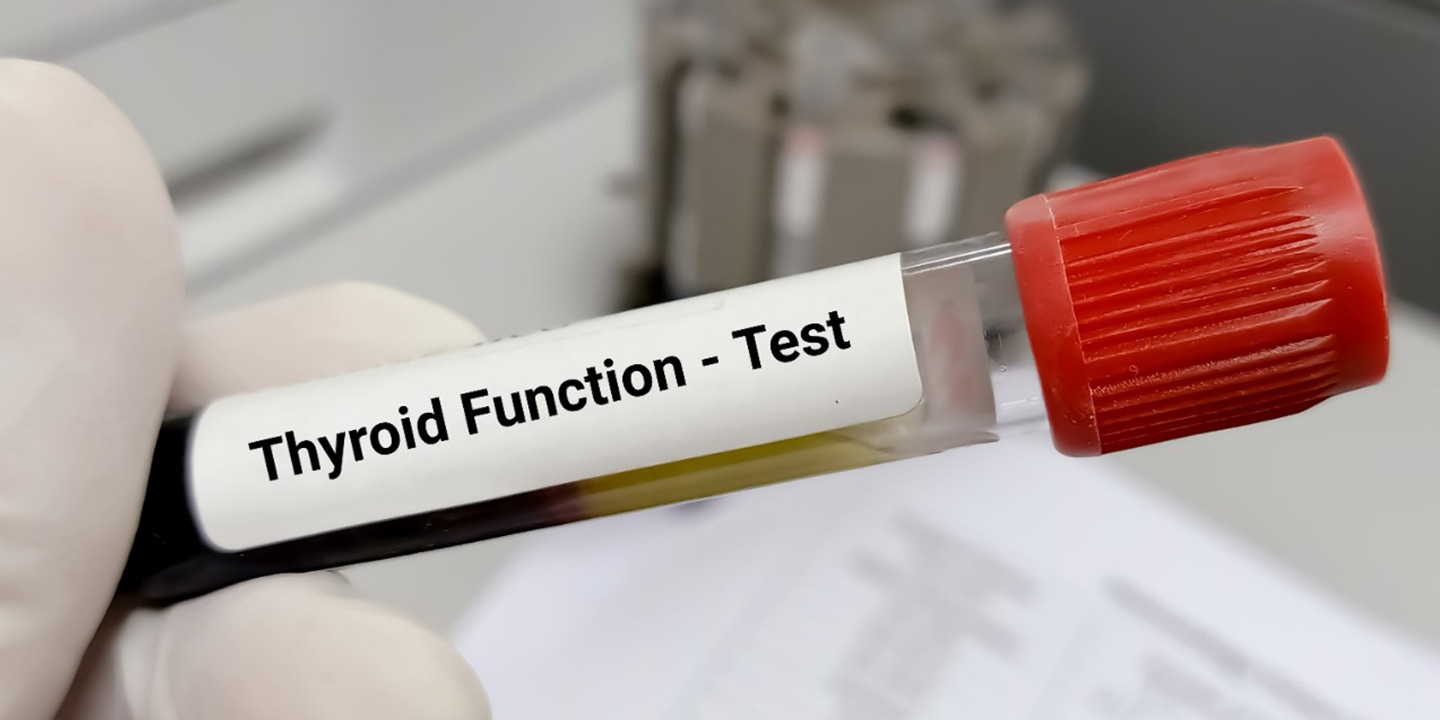Athletes constantly strive to push their physical limits and achieve peak performance. However, this pursuit often comes with the risk of injuries and physical strain. Physiotherapy plays a crucial role in helping athletes recover from injuries, prevent future ones, and enhance overall mobility and strength. In this blog post, we’ll explore effective physiotherapy techniques designed specifically for athletes.
The Role of Physiotherapy in Athletic Performance
Physiotherapy is a vital component of an athlete’s training regimen. It not only aids in the recovery process but also enhances performance by improving mobility, strength, and flexibility. By incorporating physiotherapy into their routine, athletes can maintain optimal physical condition and reduce the likelihood of injuries.
Common Sports Injuries and Their Treatment
Athletes are prone to a variety of injuries due to the high-intensity nature of their activities. Common sports injuries include sprains, strains, tendonitis, and fractures. Physiotherapists employ a range of techniques to treat these injuries and facilitate recovery.
Sprains and Strains
Sprains and strains are common in sports that involve sudden movements or changes in direction. Treatment typically involves a combination of rest, ice, compression, and elevation (RICE). Physiotherapists also use manual therapy and exercises to restore strength and flexibility to the affected area.
Tendonitis
Tendonitis, the inflammation of a tendon, often results from repetitive motion. Physiotherapy treatment includes stretching, strengthening exercises, and ultrasound therapy to reduce inflammation and promote healing.
Fractures
Fractures require a more intensive approach, often involving immobilisation followed by rehabilitation. Physiotherapy focuses on restoring movement, strength, and function through targeted exercises and manual therapy.
Enhancing Mobility Through Physiotherapy
Mobility is crucial for athletes, as it impacts their ability to perform optimally. Physiotherapists use various techniques to enhance mobility, ensuring athletes can move freely and efficiently.
Stretching and Flexibility Exercises
Stretching is essential for maintaining and improving flexibility. Physiotherapists design specific stretching routines tailored to the athlete’s needs, helping to prevent injuries and enhance performance.
Joint Mobilisation
Joint mobilisation techniques are used to increase the range of motion in stiff or immobile joints. By applying controlled pressure, physiotherapists can improve joint function and reduce pain.
Myofascial Release
Myofascial release is a technique that targets the fascia, the connective tissue surrounding muscles. This technique helps release tension, improve blood flow, and enhance overall mobility.
Strengthening Techniques in Physiotherapy
Strength is a fundamental aspect of athletic performance. Physiotherapists employ various strengthening techniques to help athletes build and maintain muscle strength, which is vital for both performance and injury prevention.
Resistance Training
Resistance training involves exercises that cause muscles to contract against an external resistance, such as weights or resistance bands. This type of training helps increase muscle strength, endurance, and power.
Functional Strength Training
Functional strength training focuses on movements that mimic the athlete’s specific sport activities. This approach ensures that the strength gained translates directly to improved performance in their sport.
Core Strengthening
A strong core is essential for stability and balance in all athletic activities. Physiotherapists design core strengthening exercises that target the abdominal, back, and pelvic muscles, enhancing overall athletic performance.
Injury Prevention Strategies
Preventing injuries is a key aspect of physiotherapy for athletes. By incorporating injury prevention strategies into their training routine, athletes can reduce their risk of injury and maintain peak performance.
Warm-Up and Cool-Down Routines
Proper warm-up and cool-down routines are crucial for preparing the body for exercise and aiding recovery afterward. Physiotherapists design these routines to suit the specific needs of the athlete, ensuring optimal performance and reduced injury risk.
Biomechanical Analysis
Biomechanical analysis involves assessing the athlete’s movements to identify any irregularities or imbalances that could lead to injury. Physiotherapists use this information to create personalised treatment plans aimed at correcting these issues.
Education and Awareness
Educating athletes about proper techniques, body mechanics, and the importance of rest and recovery is vital for injury prevention. Physiotherapists provide guidance on these aspects to help athletes stay healthy and perform at their best.
Conclusion
Physiotherapy is an invaluable resource for athletes seeking to enhance their mobility, strength, and overall performance. By incorporating physiotherapy techniques into their training routine, athletes can not only recover from injuries but also prevent future ones, ensuring they remain at the top of their game.
For athletes in Altona North looking for expert physiotherapy services, visit Fortify Fitness to learn more about how they can help you achieve your athletic goals.
By focusing on mobility, strength, and injury prevention, physiotherapy provides athletes with the tools they need to succeed. Whether you’re recovering from an injury or looking to enhance your performance, physiotherapy offers a range of techniques tailored to your specific needs. Incorporate these strategies into your routine and experience the benefits of improved athletic performance.
Keep an eye for more news & updates on Internal Insider!










